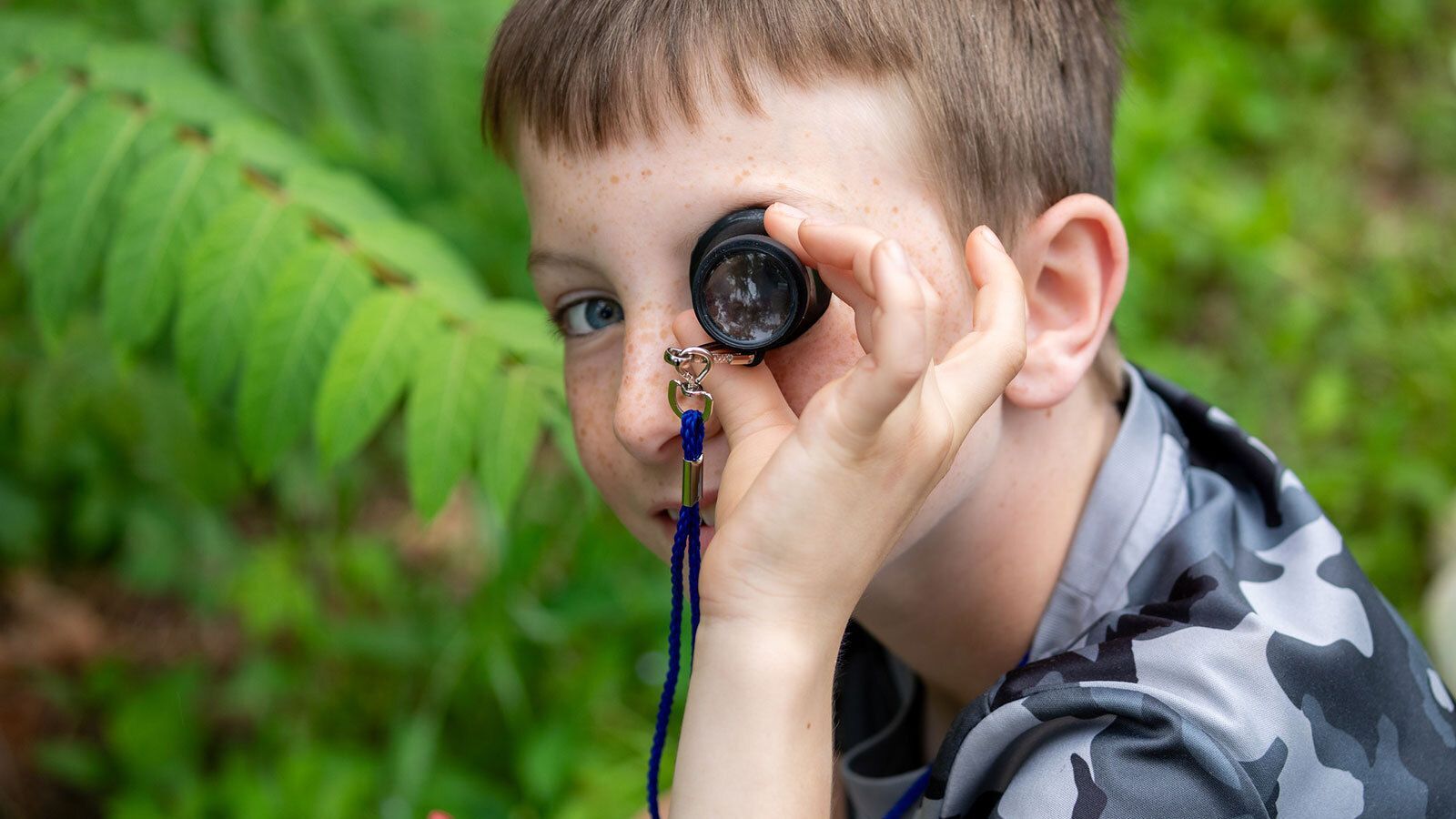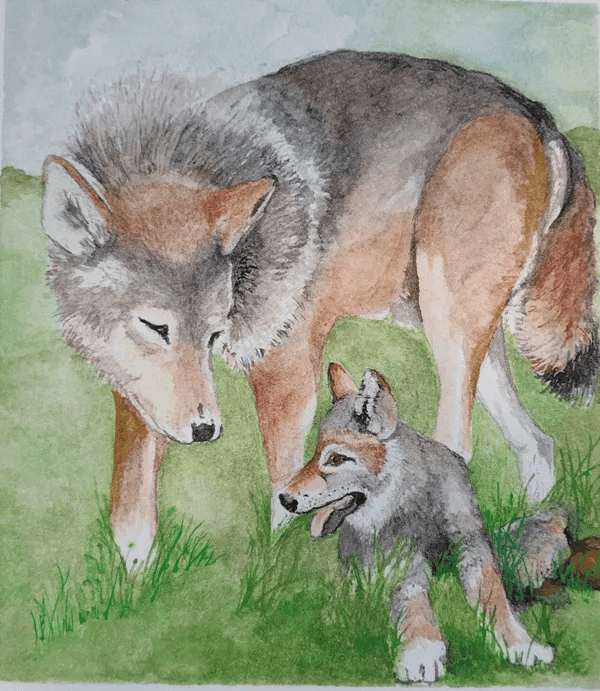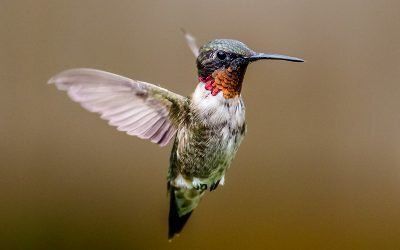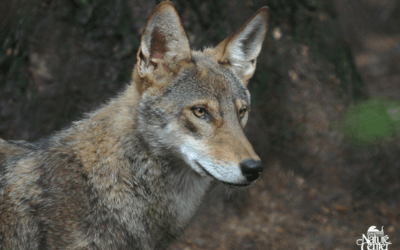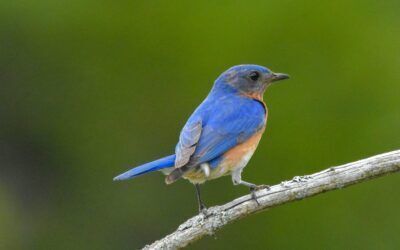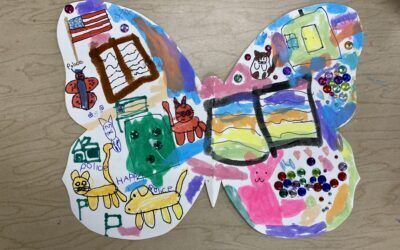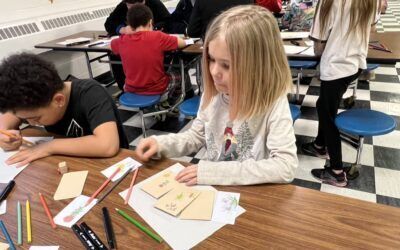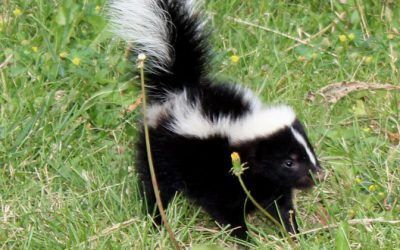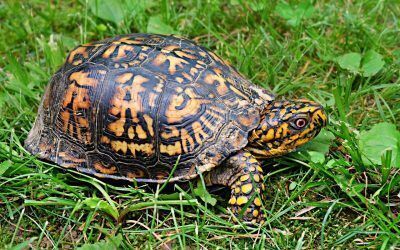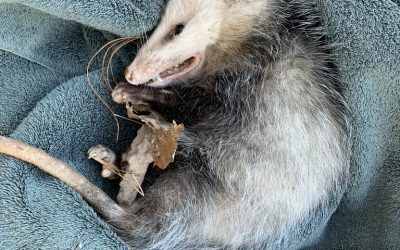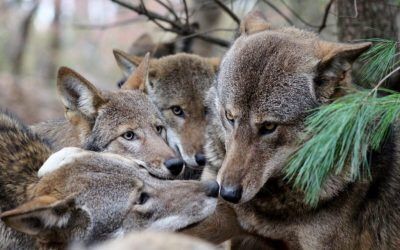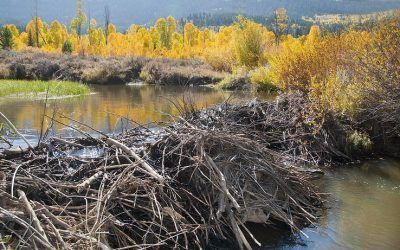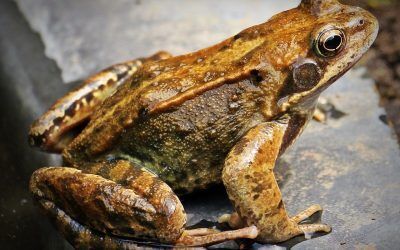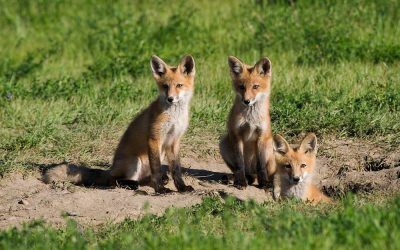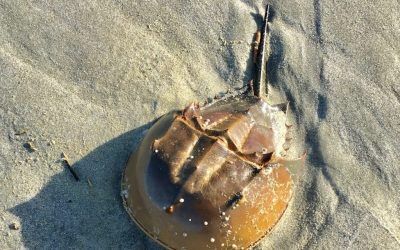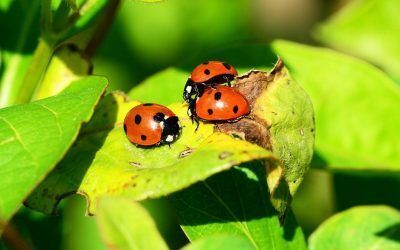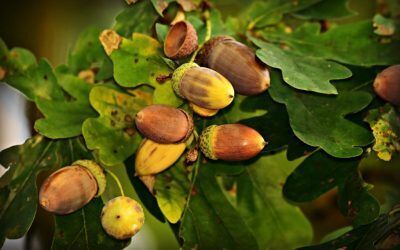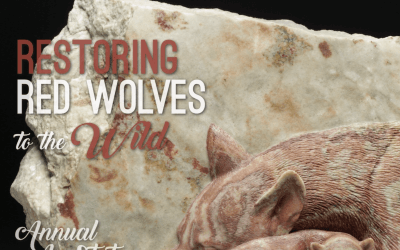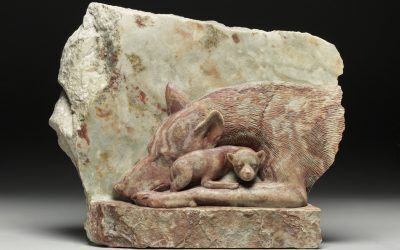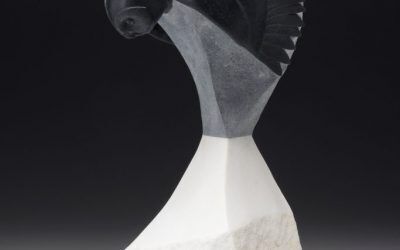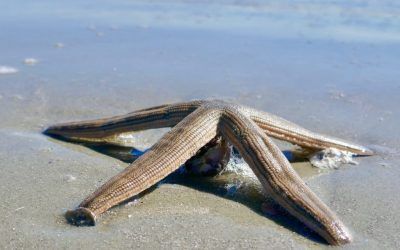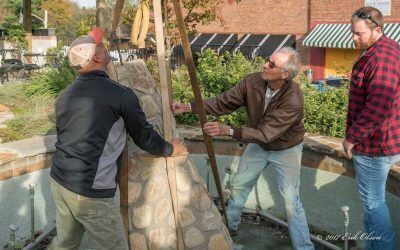A Creative Journey Through the Wild
Our Nature Journal celebrates how art creates a bridge between children and wildlife. You’ll find inspiring stories about animals found in your backyard and how kids are learning to fall in love with and protect wildlife. And discover how wildlife art can raise awareness, ignite passion, and inspire curiosity. We hope you enjoy!
Check out some of our recent blogs below!
After attending a monarch butterfly event, one family discovered how planting native milkweed can help protect these endangered pollinators.
An age-old dilemma. When to put out hummingbird feeders? Well, in North Carolina, ruby-throated hummingbirds are often spotted along the North Carolina coast in early March. And they are hungry!
Imagine having a best friend that stays by your side for your entire life. That’s exactly how a Red Wolf family works!
If you have a bluebird house or any kind of bird nesting box, you might not have given much thought to snake guards. Nor had we until that fateful morning… But let’s back up. Just what is a snake guard?
Imagine you are a paper butterfly going on an epic adventure. That’s what the Symbolic Monarch Migration is all about. Every year, kids from the United States and Canada create beautiful paper monarch butterflies.
Education programs for wildlife are magical. But what does that mean?
You may be a hellbender home wrecker and not even know it. But first what the hell is a hellbender, also affectionately called a snot otter? This saga begins as a love story. A what? This is getting intriguing!
Could it be a sea turtle baby? As we walk down the beach in Ponte Vedra, FL we see a tiny brown lump. And it is moving! Is it a crab?
Skunk spray. Ever wonder about it? Do you know skunks only spray when they are scared? But first, let’s delve into why it smells so bad. And how often does a skunk spray? Or even, how does a skunk spray?
Turtle or tortoise? How do you know? Confusing! What exactly is the difference between turtles vs tortoises. Or are they one & the same? Let’s find out.
Are you helping or hindering when you do wildlife rescues? Well, let’s start at the beginning. What happens when you see an animal in distress? You want to help it, of course. But, are you helping or hurting the very animal you are trying to save…
A Red Wolf sculpture was not on our minds when we visited the NC Zoo in 2018. But after seeing their Red Wolves for the first time, we learned the only wild ones in the entire world (yes, on the whole planet) live in our home state of North Carolina. And with less than 20 left in the wild and just over 250 in captivity, they are critically endangered and may soon become extinct (again) in the wild.
Ever wonder why do beavers build dams? I know, it is not something you think about every day. But when you do…let’s start at the beginning. What exactly is a beaver?
Frog skin. I never really thought about it. Other than it feels slimy to the touch. Hmmm, bet you never thought about it either, did you? But it could just be the best use of recycling we have seen. No way. Frogs (& toads) are good recyclers?
Do you ever go into the woods and use a compass to find your way around the forest? The compass has a needle that aligns with the earth’s magnetic field to point north/south. You are either really good at it (think scouts) or terrible like me. I still don’t get how they work.
We just got our first COVID-19 vaccine. Which is a little scary since the vaccine is brand new. But we take comfort the vaccine is free of bacteria since it is tested with a substance called LAL. But our comfort quickly vanishes when we learn LAL is made from the blood of horseshoe crabs. Whoa. Horseshoe crab blood! How can that be?
I have a confession to make. Garden bugs are cool, but I didn’t grow up caring much about bugs. One of my favorite things to do when I was little? Step on ants. The more the better.
Wouldn’t it be cool to be a scientist? It turns out you may already be a citizen scientist and don’t even know it. But wait, what the heck is one?
How many pollinators in the garden can you name? Well, of course, there are bees and butterflies, but what about hummingbird moths, lizards, wasps, ants and opossums? Wait, they all help pollinate your flowers? They do and wow, are they all misunderstood.
Who would have thought oak trees support more wildlife than any other tree. I know it came as a surprise to us. Trees and wildlife. We never really thought about the connection until we started learning how to help wildlife on our 3-acre homestead. And what we learned? Hundreds of animals count on trees to help them survive.
Wildlife habitat. What is it and why would you want critters in your backyard? And what kind of critters?
Have you ever slogged a bog (a new term we made up to describe walking through a bog)? If not, you have missed a unique, very fun experience to learn about the benefits of bogs. They are one of the most important and oldest (some are thousands of years old) ecosystems on our planet. Yet very few of us have actually experienced being in one.
Finally, an underdog species gets front & center stage. Immortalized as a sculpture and on the cover of a magazine. Wow, it just doesn’t get much better!
There is always a back story… How do you capture one’s passion? And on paper, no less.
We didn’t think Red Wolf art would be in high demand. It turns out we are wrong, in a good way!
Extinct species? What do a giant tortoise and a giant bee have in common? They are both big? True, but even better, they both were thought to be extinct and have been newly discovered alive. How exciting! A Giant Tortoise on Fernandina Island in The Galapagos was discovered on Feb 17, 2019, during the filming of an episode of Animal Planet. The female is estimated to be over 100 years old and had not been seen since 1906. Now the hunt begins for other members of her species.
Fate. Falling in love. A broken sculpture, a missed art opening, and a chance encounter. It sounds like a mystery. Hmmm. We hear so much about “it is meant to be”, “things always have a way of working out”, and “as one door closes another opens”. In our case, it is all of the above.
I keep reading about keystone species. But what is one exactly? Is it a new type of animal or plant? Not exactly, but let’s start with a comparison. Think about what a starfish and an elephant might have in common. They eat different things. Starfish eat meat (hmm, that’s interesting) and elephants eat plants. There are only 3 species of elephant, but over 2,000 species of starfish.
Emotional, connected and energized. Three words Dale uses to describe how he feels about his new public art sculpture, “Tails to Rails”.
